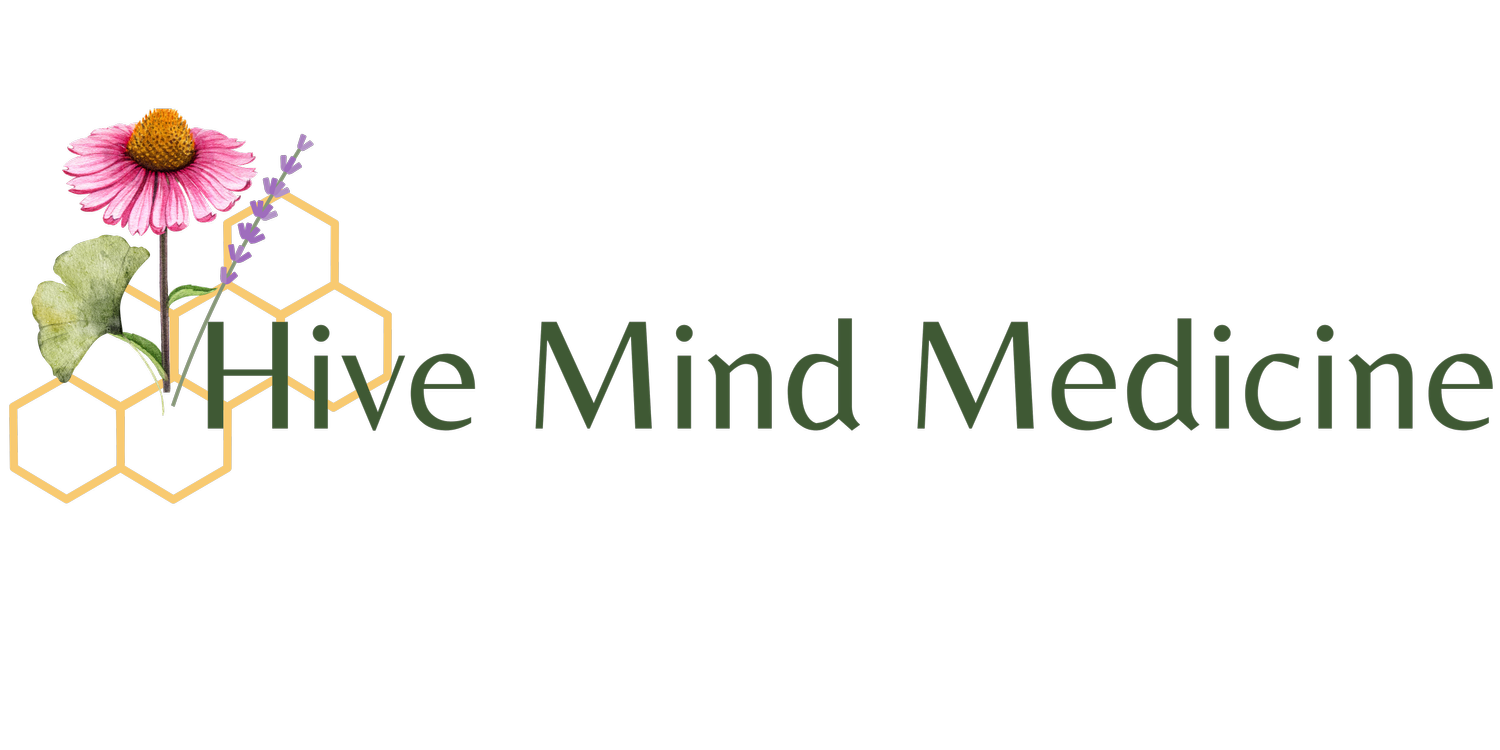Low FODMAP diet explained
by Steven Sandberg-Lewis, ND, DHANP
The term FODMAP was originally coined by Monash University in Melbourne, Australia (Dugum M, 2016). The mnemonic stands for:
F – fermentable
O – oligosaccharides
D – disaccharides
M – monosaccharides
A - and
P- polyols
FODMAP foods are rapidly fermented by bacteria, leading to symptoms of gas, distention, altered motility and abdominal pain. In part because of increased fructose consumption in the form of fruit juice and high fructose corn syrup, intake of FODMAP foods has increased in Western diets.
FODMAP foods are poorly absorbed fermentable carbohydrates (prebiotics) that, in excess, can cause increased gastroesophageal reflux (Piche T, 2003 and Geysen H, 2020). This happens because the opening of the lower esophageal sphincter (LES) muscle is prolonged. This opening between the stomach and esophagus is there to keep stomach contents out of the esophagus, preventing reflux. When the LES remains open for longer periods of time in order to allow gas to vent from the stomach, stomach acid and partially digested food can also reflux into the esophagus.
High FODMAP foods can also cause intestinal problems by drawing water into the small and large intestines. These prebiotics may also feed the microbes in the small intestine, increasing gas production. More gas increases pressure and symptoms in small intestine bacterial overgrowth (SIBO).
The Low FODMAP diet has been shown to be effective in as many as 74% of patients with IBS, reducing the symptoms of bloating, nausea, abdominal pain, and diarrhea (Nanayakkara WS, 2016, Marsh A, 2016, Rao SS, 2015, Chumpitazi BP, 2015). This diet has also been used to reduce symptoms in inflammatory bowel diseases (Popa SL, 2020, Cox SR, 2020).
“F” is for fermentable. As stated above – all the FODMAP foods are readily fermented by bacteria in order to cause gas.
“O” Oligosaccharides include fructo-oligosaccharides, fructans (such as inulin) and galacto-oligosaccharides. Galacto-oligosaccharides are fermented by bacteria in the colon because humans do not have an enzyme to digest and absorb them higher in the GI tract.
Examples of foods containing oligosaccharides:
o Legumes
o Nuts
o Seeds
o Some grains
o Dairy products
o Human milk
o Some commercial infant formulas
“D” Disaccharides include lactose, sucrose, maltose, and trehalose. Lactose is poorly absorbed in lactase deficiency and feeds small intestine microbes in patients with SIBO. Up to 70% of the world’s inhabitants have primary lactose deficiency (aka lactose intolerance). Typical onset is between ages two and six.
Sources include:
o Dairy products
o Possible additives in breads, cakes, diet products
“M” The major source of monosaccharide is fructose. It is absorbed easily in the small bowel. One of the mechanisms for absorption requires the presence of glucose for activation. If more fructose than glucose is present, some fructose may not be absorbed, feeding the small bowel bacteria. Some people have actual fructose malabsorption, but the accuracy of fructose breath tests to diagnose this condition have been debated (Putkonen L, 2016),
Fructose sources include:
o Fruit
o Fruit products
o Honey
o High-fructose corn syrup, a major component of many processed foods
I suggest starting the full Low FODMAP diet initially, but because I find that true fructose intolerance is not as common as lactose intolerance, I have found that gradual reintroduction of lower and moderate FODMAP fruits and honey may prove well tolerated.
Sucrose (table sugar) is a disaccharide digested by the enzyme sucrase, releasing fructose and glucose. Honey is a liquid solution of fructose and glucose which requires no enzyme for digestion. Many patients tolerate honey unless they have a distinct fructose malabsorption syndrome.
And
“P” - Polyols are sugar-alcohols which include mannitol, xylitol, erythritol and sorbitol.
Polyol sources include:
o Certain fruits (e.g., plums) & vegetables (e.g., cauliflower, mushrooms)
o Sugar-free chewing gum & other “sugar-free” or “diet” foods
A Monash University smart phone application is a useful source of up-to-date information on the FODMAP content of various foods. FODMAP intake has an additive effect, which means the more one eats, the greater the symptoms. Considering the total FODMAP intake per meal is important for symptom reduction.
The diet is implemented in two phases: An elimination phase for six to eight weeks is followed by gradual reintroduction once symptoms are controlled. Transition to a less restrictive version of the diet is the goal because prebiotics are necessary for the health of the beneficial large intestinal microbiota. Slowly reintroducing moderate portions of these foods while monitoring for an increase in symptoms is key to individualizing the diet during this latter phase. This diet is appropriate for strict vegetarians or vegans as well as those who consume meat and fish. Websites for vegan friendly FODMAP diet guidelines may be useful for these patients.
Possible drawbacks of the Low FODMAP diet include difficulties with adherence, risk of reduction in colonic bacteria, reduced total fiber intake and deficient calcium intake. If tolerated, the addition of lactose-free dairy products (such as Anne Kessler’s recipe for 24-hour yogurt) provides a good source of calcium and protein.
Steven Sandberg-Lewis, ND, DHANP, has been in clinical practice since his 1978 graduation from NUNM. He has been a professor since 1985, teaching a variety of courses but primarily focusing on gastroenterology and GI physical medicine. He is the author of both LET’S BE REAL ABOUT REFLUX and FUNCTIONAL GASTROENTEROLOGY, available at https://www.functionalgastroenterology.com/category/books and all online bookstores such as Powell’s.
Hive Mind Medicine blog posts are for educational purposes only and are not intended as medical advice. Please consult with your health care practitioner for personalized guidance.
